What are Multipoint Door Handles?
Table of Contents:
1. What is a Multipoint Handle?
A multipoint door handle is part of a locking system where multiple locking points engage simultaneously when the door is locked. This handle type is typically used with uPVC and composite doors and is preferred for its enhanced security features. The main use case is on external doors and a vast amount of UK home insurance companies require this style of security.
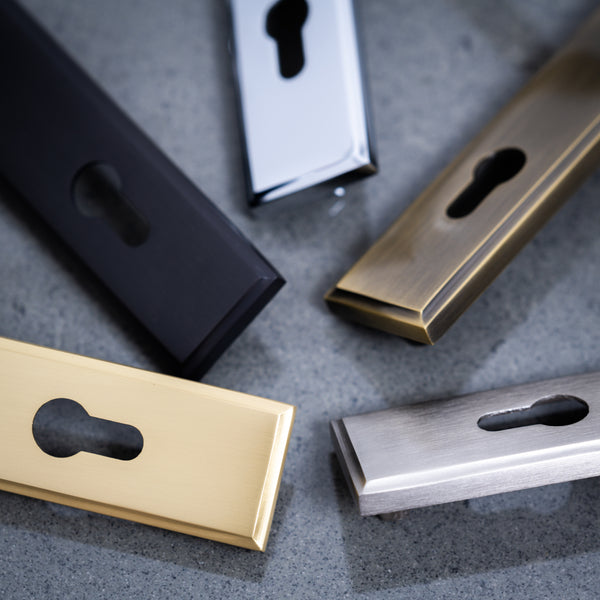
2. What Door handles lift up to lock?
Multipoint door handles are designed to provide enhanced security by engaging multiple locking points along the door frame. To activate the locking mechanism, you need to lift the handle upwards, which triggers the bolts to slide into their respective openings (there is traditionally a latch, euro-cylinder lock, two hook bolts and 2 shoot bolts). Once all the locking points are engaged, you can turn the key to lock the door securely. This type of door handle is commonly found in modern homes where there are uPVC doors present.
3. How do you fix a loose door handle?
For a detailed explanation, please discover our 'How to Fix Multipoint Door Handles' Blog:
Here is a brief explanation:
- Identify if the handle has visible screws or concealed ones.
- If visible, simply tighten them.
- If concealed, find the grub screw, usually situated on the side of the handle, and tighten it with an Allen key (m5).
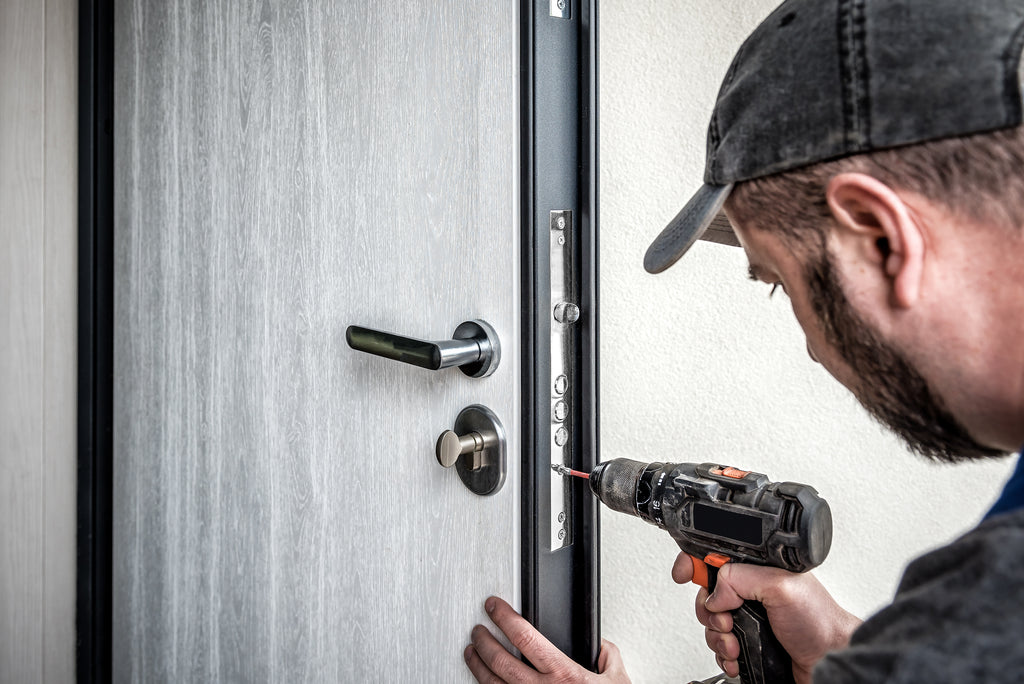
4. How do you tighten a loose door handle without visible screws?
Door handles that don't have visible screws give off a sleek and polished appearance. However, when these handles become loose, the solution is not as straightforward as simply tightening a screw. Follow these step-by-step guide:
Identify the Set Screw: Often, door handles without visible screws use a set screw, which is typically hidden. Look for a small hole, usually located on the side or under the handle. The set screw will be inside this hole.
- Use the Right Tool: You'll need an Allen wrench or hex key of the right size to tighten the set screw. Insert the tool into the hole until it engages with the screw.
- Tighten the Screw: Turn the Allen wrench or hex key clockwise to tighten the set screw. It doesn't need excessive force; tighten until snug. Check the handle after each turn to see if it's secured.
- Recheck the Handle: Once tightened, check the handle for stability. It should no longer wobble or move freely.
- Address Other Loose Components: If the handle is still loose after tightening the set screw, other components might need attention. This could include internal parts of the handle or the mechanism it controls. In such cases, consider consulting a professional or replacing the handle entirely.
5. Key Measurements:
- Backset: Distance from the edge of the lock to the centre of the handle and cylinder.
- Door Width: You need to know the width of your door, allowing you to know the centre measurement of your door.
- Faceplate Width: Width of the faceplate on the lock.
- Handle Height: Distance from the bottom of the door to the centre of the handle.
- Locking Point Locations: Measured from the handle to the centre of each locking point. There's usually a line at the handle height on the face of the lock that you can use to measure up and down.
- Number of Locking Points: You need to know how many locking points there are. This total counts the central spring latch and deadbolt as one locking point.
Comments






From sorting out a wonky handle to picking the right look, it's all about getting the...
Read Article

New Multipoint Door Handles with five distinct finishes in a range of different styles.
Read Article
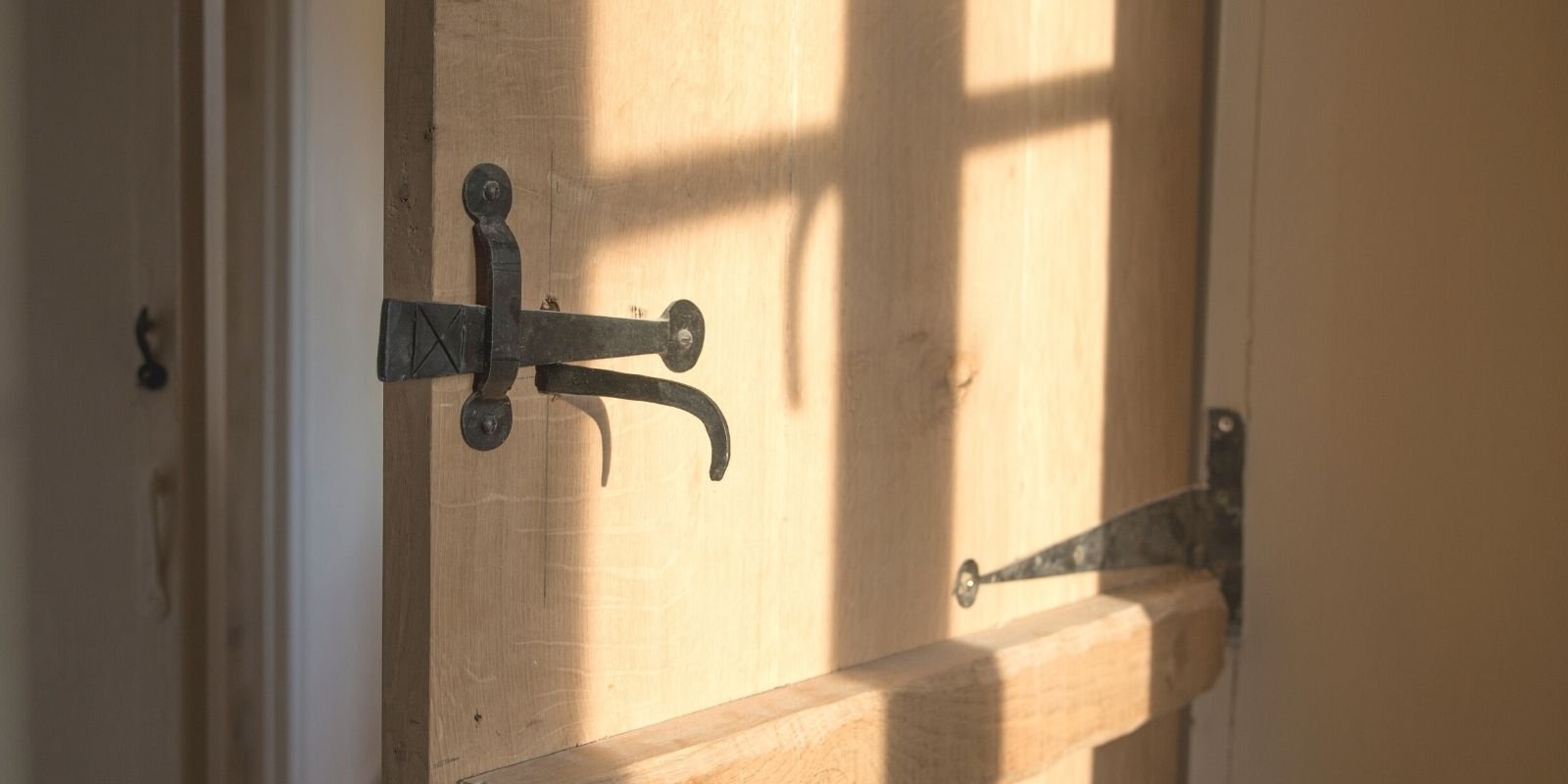
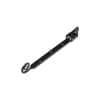

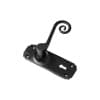



.png?v=1695132515803&options=c_fill,w_2260,h_1280)
.png?v=1695132527089&options=c_fill,w_750,h_700)




